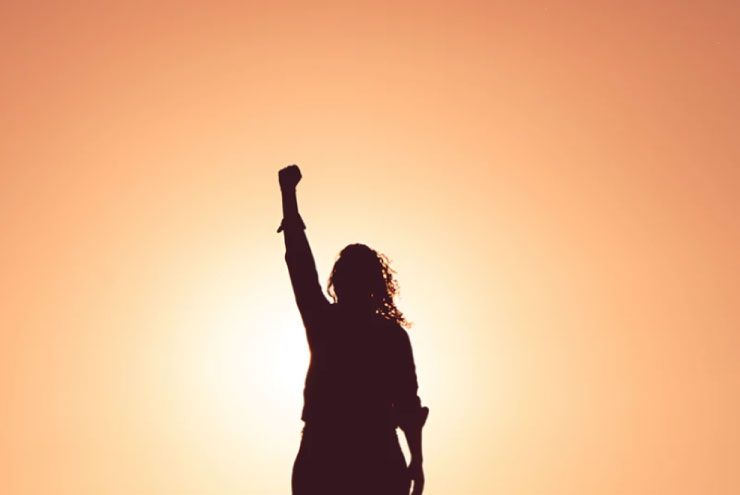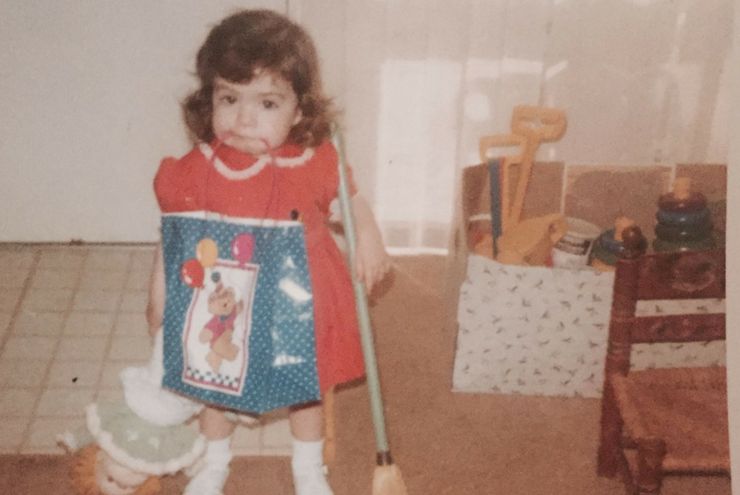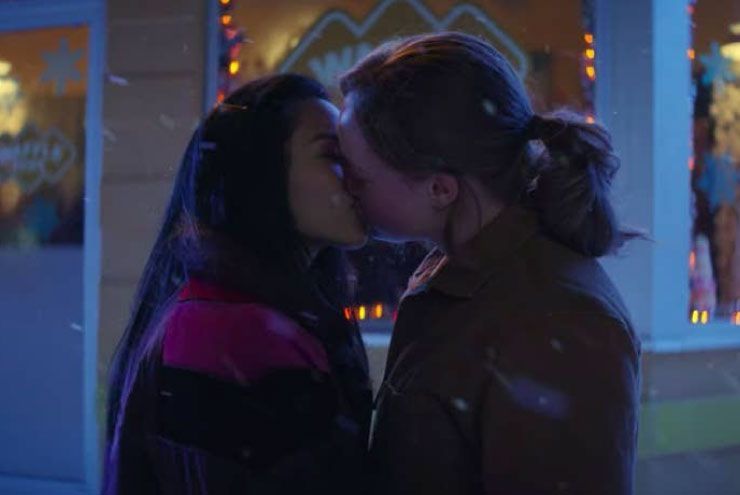By Dr. Laura McGuire
In 2019, it’s safe to say my day-to-day world is pretty queer. I work with a multitude of LGBTQ researchers, think tanks, and research–focused nonprofits. I teach LGBTQ inclusion at my local college as a continuing education course for established professionals. And through my own work with the National Center for Equity and Agency, I teach online and in–person trainings on the subject to individuals across the country. So in my own little queer bubble, it seems like common knowledge that being on the LGBTQ spectrum is a normal, natural, and healthy thing. Newsflash: it is not.
To this day, one of the most common misconceptions I hear in both my classes and from my well-educated non-queer colleagues (a topic that I actually addressed in my 2015 doctoral dissertation) is that being LGBTQ is not always a normal, naturally occurring identity. Instead, it is the result of abuse. I am both terrified and frustrated to no end that this myth—that abuse can “make you gay”—is still very much alive and well. I am in awe of how many therapists, counselors, and educators repeat this myth to me as if it was fact, when, in reality, study after study has disproven it. This is especially disturbing because it shows that many within the social services field are not staying up to date on such research, and that this dangerous information is still being used with patients and clients—potentially causing further trauma and shame.
Social services professionals are not the only ones who fuel this misconception—the hardest rebuttals come from survivors themselves. I will never forget how a male teacher approached me at the end of one of my LGBTQ inclusion trainings at his school to tell me that he disagreed with my stance on abuse and LGBTQ identity. He disclosed that he had been sexually abused by a male relative for years as a child, and that the experience made him question his sexual identity as a teen. I explained that abuse makes every aspect of identity, relationships, and sexuality confusing, because it interrupts our natural development and understanding of self. Yes, bad experiences can make us leery of people who are the same gender, race, and age as our abuser, but they do not make us gay, bisexual, or transgender.
But no matter how many times I correct this assumption, it often looks like my word versus theirs. So instead, let’s look at the research. The following is an excerpt from my doctoral dissertation, “Seen But Not Heard: Pathways to Improve Inclusion of LGBT Persons and Sexual Trauma Survivors in Sexual Health Education”:
“In 2011, a study linking childhood maltreatment and sexual orientation—in which Roberts, Glymour, and Koenen created a list of maltreatment experiences and compared them to the participants who identified with same-sex attraction—was publicized. The authors concluded that they found a strong correlation between their measurements of childhood sexual abuse and same-sex attraction.
Rind, however, critiqued Roberts, Glymour, and Koenen by offering a cross-cultural, cross-species, and evolutionary examination of the findings. Roberts, Glymour, and Koenen based their methodology, by their own acknowledgment, on the assumption that certain life experiences were connected to maltreatment and that the correlation equaled sexual identity causation. Using a cross-cultural lens, Rind pointed to scholars such as Ford and Beach, who noted that same-sex identity ebbs and flows according to the individual’s strength in standing out from the perceived norm, as well the culture’s acceptance of sex-same identity and relationships.
Bailey, Ellingson, and Bailey also critiqued Roberts, Glymour, and Koenen by discussing the genetic variances that may play a part in sexual orientation with cross-examination of other genetic findings on how parental genetic factors influence their child’s sexual orientation.
Brooks looked at the increased vulnerability of gender–atypical boys to sexual abuse through personal reflection and in–field examples. The increase of gender–atypical children and abuse may stem from the increased perception of minimal self-worth and isolation that LGBTQ youth experience. This isolation and shame, coupled with sexual abuse, leads to further confusion, and stops LGBTQ youth from adopting a healthy and prideful sexual identity.
Meta-analysis of LGBTQ youth and parental and community abuse done by Friedman et al. further showed that LGBTQ youth are more likely than gender-conforming heterosexual peers to experience childhood abuse. Using a meta-analysis of school-based studies from 1980–2009, Friedman et al. found that sexual minority individuals were 3.8 times more likely to experience childhood sexual abuse, 1.2 times more likely to be physically abused by a parent or guardian, 1.7 times more likely to be threatened or injured with a weapon or otherwise assaulted by a peer at school, and 2.4 times more likely to miss school because of fear.
Some researchers seem to be drawing conclusions about a perceived connection of abuse leading to sexual identity versus identity leading to an increased likelihood of victimization. These researchers were likely operating within a heteronormative paradigm perspective, believing that heterosexuality is normal or healthy, and thus any deviation from heterosexuality is abnormal. This bias would then lead the researchers to conclusions that see causation instead of correlation.”
You see, the correlation between being a survivor of abuse and queer identity is that being of marginalized identity in general makes you more likely to be targeted by predatory individuals; it cannot however make you change from straight to gay, or from cisgender to transgender. Reverse the narrative for a minute—can we say that a man is straight because he was abused? Or that a person is cisgender because they were assaulted as a child? No. You can’t flip such a script because the true reason why people think that abuse may “cause” queer identity is because they see queerness as an abnormality or pathology. LGBTQ identity is something that must have a root cause because, in the end, it isn’t really right.
As a certified sexologist, scholar, subject matter expert, and advocate, let me set the record straight once and for all: no, abuse cannot make you into something you weren’t born to be. Yes, abuse confuses everything and can make us question who we are and what we want, but it doesn’t change the core of who we are. Being LGBTQ is just as natural, normal, and healthy as being cisgender and heterosexual. Live your truth, fight to overcome the world’s biases, and help continue to educate your colleagues and peers so that this myth can be eradicated, once and for all.








Alex Brownbill
May 17, 2019 at 9:02 AMI am so glad that I found this article and I am so glad that someone has finally cited and explained the sources. Thank you so much for your advocacy, it is so sorely needed.